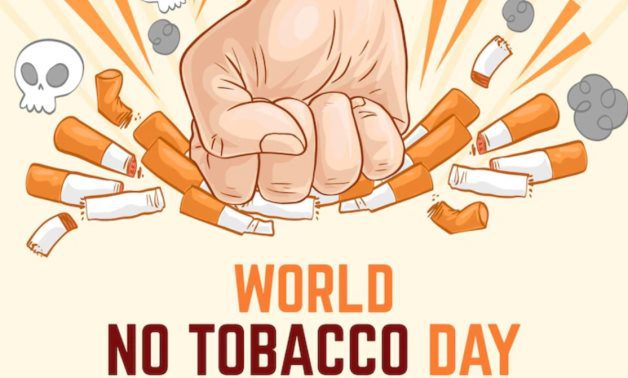Search by Color or Cause


World No Tobacco Day takes place on May 31. Wear a brown enamel pin, fabric ribbon, or brown silicone wristband to call attention to World No Tobacco Day. Another color that can be used to call attention to this important day is red. We offer both colors on this site to draw awareness to World No Tobacco Day.
This yearly observance informs the public about the dangers of using tobacco. It also discusses the business practices of tobacco companies. Further, it explains what WHO is doing to fight the tobacco epidemic. And, lastly, we discuss what people around the world can do to claim their right to health and healthy living to protect future generations.
The Member States of the World Health Organization created World No Tobacco Day in 1987. The purpose was to draw global attention to the tobacco epidemic and the preventable death and disease it causes. In 1987, the World Health Assembly passed Resolution WHA40.38. This called for April 7, 1988 to be a “a world no-smoking day.” In 1988, Resolution WHA42.19 passed. This resolution called for the celebration of World No Tobacco Day every year on May 31.
On May 31, WHO and public health champions around the world come together to celebrate World No Tobacco Day. The theme for 2023 raises awareness about alternative crop production and marketing opportunities for tobacco farmers. It encourages them to grow sustainable, nutritious crops. It also aims to expose the tobacco industry’s efforts to interfere with attempts to substitute tobacco growing for sustainable crops. This ultimately contributes to the global food crisis.
The growing food crisis is driven by conflicts and wars, as well as climatic shocks. Structural causes like the choice of planted crop also have an impact. A look into tobacco growing reveals how it contributes to increased food insecurity:
In addition, any profits gained from tobacco as a cash crop may not offset the damage done to sustainable food production in low- and middle-income countries. Against this background, there is an urgent need to take legal measures to reduce tobacco growing. And, further, to help farmers move into the production of alternative food crops.
The tobacco industry often touts itself as an advocate for the livelihood of tobacco farmers. This is a far cry from the truth. The intensive handling of insecticides and toxic chemicals during the cultivation of tobacco contributes to many farmers and their families suffering from ill health. Further, unfair contractual arrangements with tobacco companies keep farmers impoverished. Child labor is often woven into tobacco cultivation that interferes with the right to education. This is a violation of human rights.
The 2023 WNTD campaign calls on governments and policy-makers to step up legislation and develop suitable policies and strategies. In addition, it enables market conditions for tobacco farmers to shift to growing food crops that provide them and their families with a better life. The WHO Framework Convention on Tobacco Control offers specific principles and policy options on the promotion of economically viable alternatives for tobacco workers, growers and individual sellers, and on enhancing protection of the environment and the health of people. The implementation of these provisions needs to be strengthened in countries to reduce the effects of tobacco in place of healthful crops.